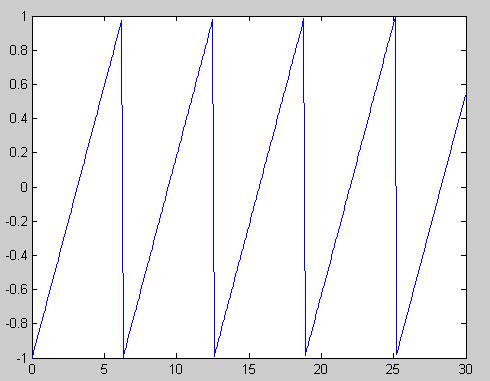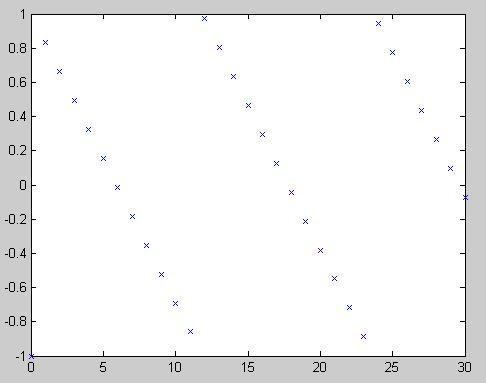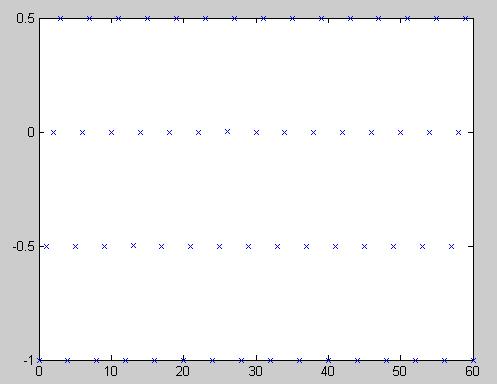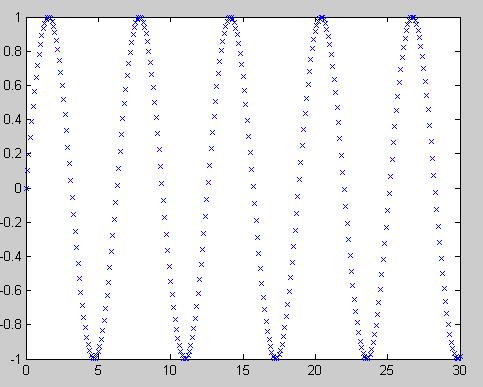(→Problem #2) |
(→Problem #1) |
||
| (5 intermediate revisions by the same user not shown) | |||
| Line 1: | Line 1: | ||
== Problem #1 == | == Problem #1 == | ||
| + | |||
| + | CT equation that is periodic: | ||
| + | |||
| + | <font size ="4"><math>y[n] = sawtooth[n]</math></font> | ||
| + | |||
| + | [[Image:Sawtooth2aa_ECE301Fall2008mboutin.JPG]] | ||
| + | |||
| + | |||
| + | N is an integer for the DT equations. | ||
| + | |||
| + | |||
| + | DT equation that is non-periodic: | ||
| + | |||
| + | <font size ="4"><math>y[n] = sawtooth[100N]</math></font> | ||
| + | |||
| + | [[Image:Sawtooth2ab_ECE301Fall2008mboutin.JPG]] | ||
| + | |||
| + | |||
| + | DT equation that is periodic: | ||
| + | |||
| + | <math>y[n] = sawtooth[\frac{\pi}{2}N]</math> | ||
| + | |||
| + | [[Image:Sawtooth2ac_ECE301Fall2008mboutin.JPG]] | ||
== Problem #2 == | == Problem #2 == | ||
Latest revision as of 13:50, 11 September 2008
Problem #1
CT equation that is periodic:
$ y[n] = sawtooth[n] $
N is an integer for the DT equations.
DT equation that is non-periodic:
$ y[n] = sawtooth[100N] $
DT equation that is periodic:
$ y[n] = sawtooth[\frac{\pi}{2}N] $
Problem #2
$ y[n] = e^{n-kN} * sin[n-kN] $ is the non-periodic equation.
To make it periodic:
$ \sum_{k=0}^{\infty} e^{n-kN} * sin[n-kN] $





